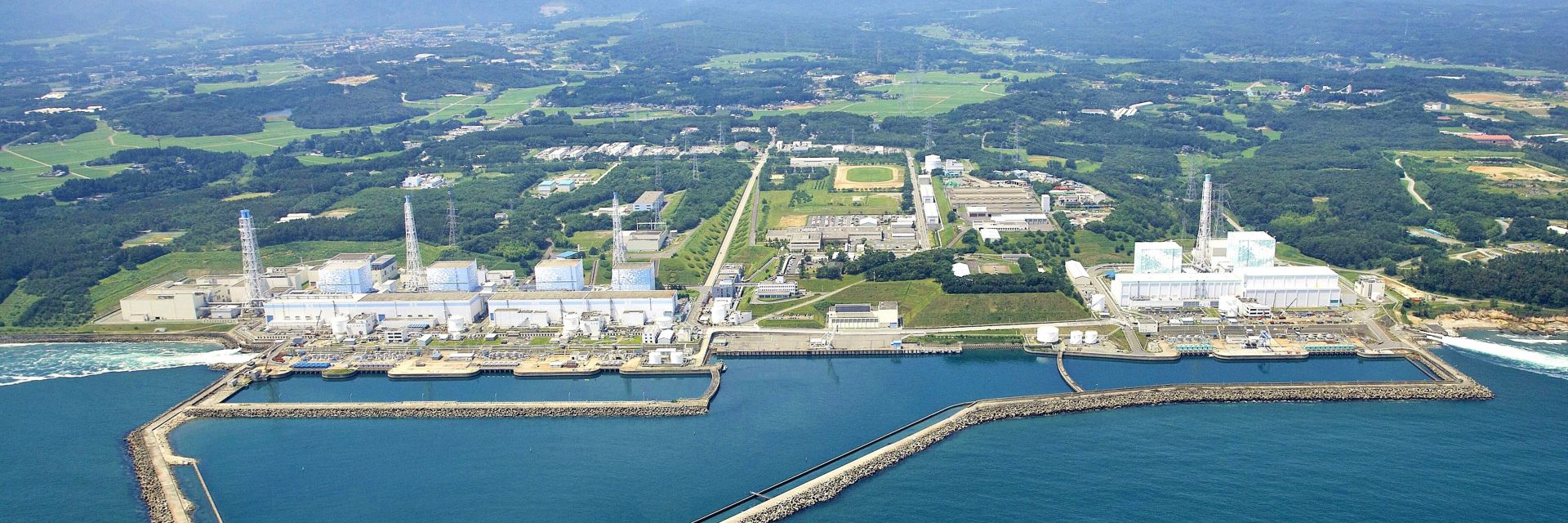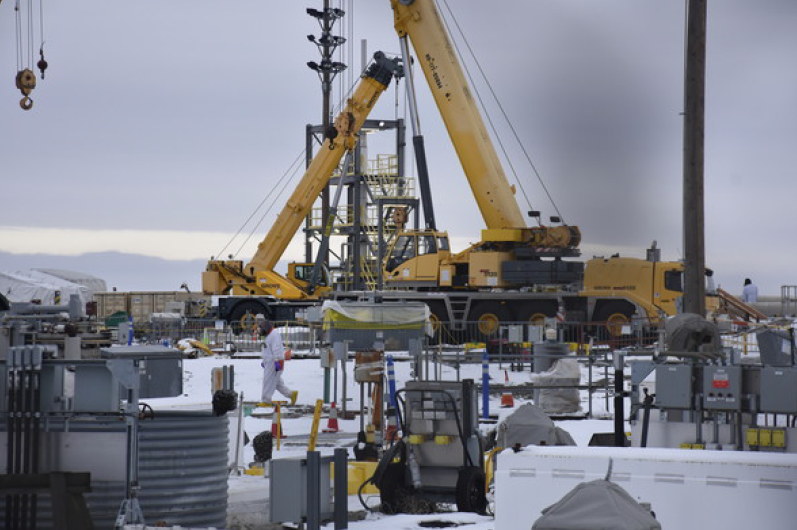Complaint filed with FERC over Grand Gulf management
The Louisiana Public Service Commission (LPSC), the New Orleans City Council, and the Arkansas Public Service Commission on March 2 filed a complaint with the Federal Energy Regulatory Commission against Entergy Corporation, seeking damages of more than $360 million for what they term the utility’s “imprudent operation” of the Grand Gulf nuclear plant.
Located in Port Gibson, Miss., Grand Gulf is a single-unit plant with a 1,433-MWe boiling water reactor. The unit, which entered commercial operation in 1985, supplies power to customers of Entergy Louisiana, Entergy Mississippi, Entergy Arkansas, and Entergy New Orleans.







 Virginia’s nuclear-sector stakeholders, led by the Virginia Nuclear Energy Consortium Authority (VNECA), have drawn up a plan for helping the state reach its goal of 100 percent carbon-free electricity generation by 2045.
Virginia’s nuclear-sector stakeholders, led by the Virginia Nuclear Energy Consortium Authority (VNECA), have drawn up a plan for helping the state reach its goal of 100 percent carbon-free electricity generation by 2045. The ANS 2021 Annual Meeting will be conducted virtually. This decision comes after ANS received word the Rhode Island Convention Center, in Providence. R.I., will no longer be available for a face-to-face meeting during the scheduled dates.
The ANS 2021 Annual Meeting will be conducted virtually. This decision comes after ANS received word the Rhode Island Convention Center, in Providence. R.I., will no longer be available for a face-to-face meeting during the scheduled dates.
 The
The 

